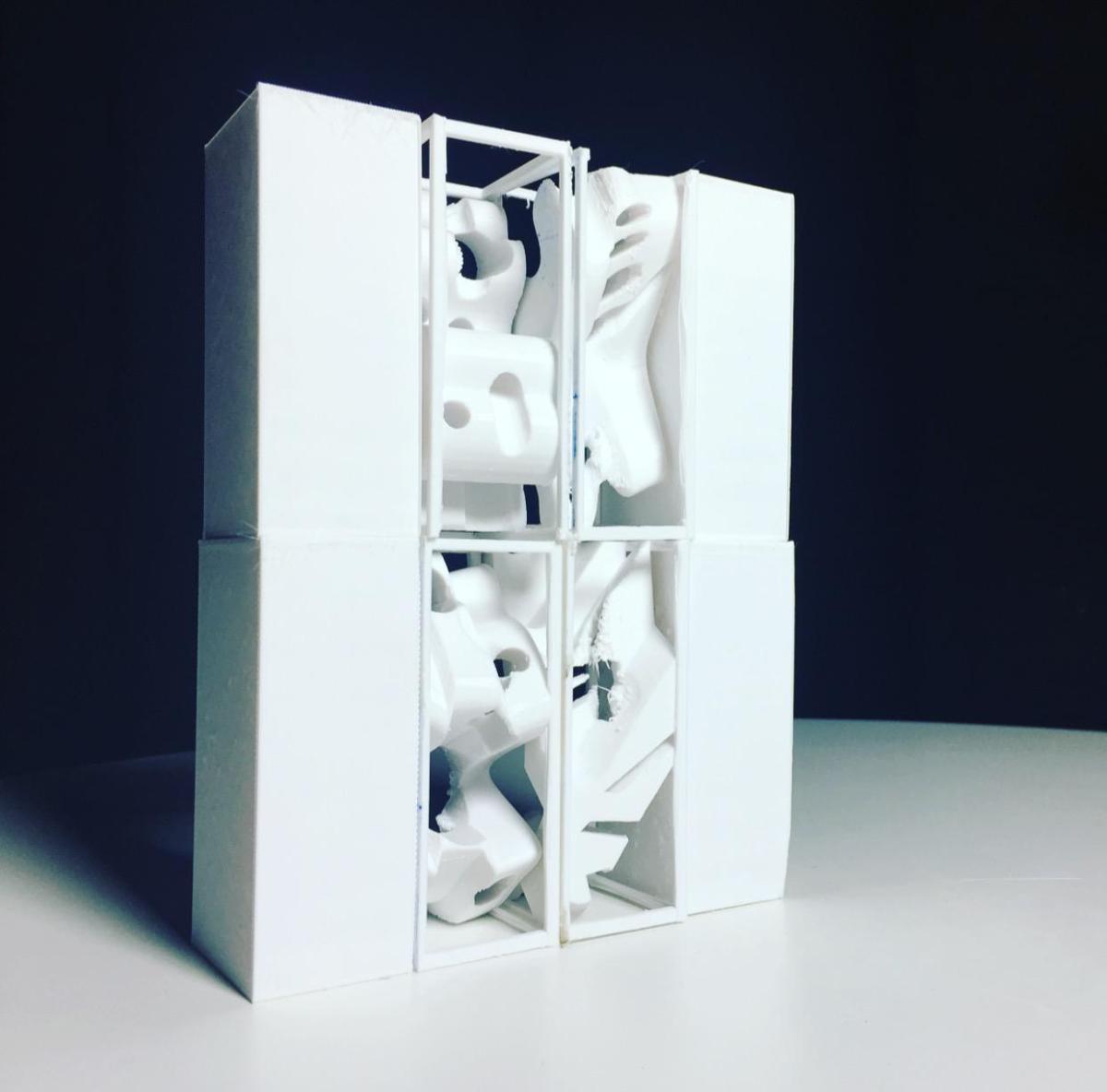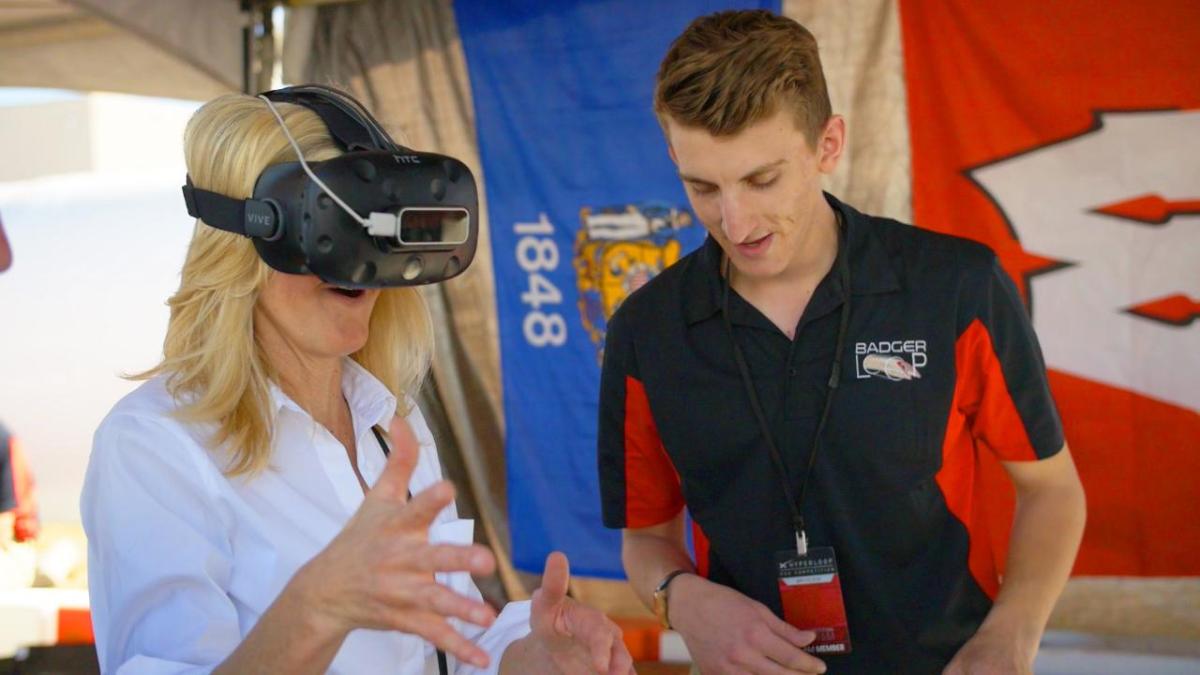Meet the Academic Explorers Rewriting the Way Colleges Teach
What happens when college students experiment with tech innovation? The future of education is created.
At university campuses across the U.S., tech innovation is outrunning the classroom. With no existing curriculum to guide them, students and faculty are experimenting with a slew of new 3D printing, virtual reality and augmented reality technologies. As they tinker away in design studios and labs, they aren’t just figuring out new uses for these 21st century tools — they’re also defining how students learn.
HP is seeding this innovation. Through initiatives such as its Campus of the Future — a set of services and technology for teaching, learning, research and collaboration, HP is arming faculty and students with cutting-edge innovations to help them navigate how emerging technologies can redefine learning.
Yale is a prime example. HP approached the school in early 2016 about sponsoring research in blended reality, where the physical and digital realms meet. HP wanted to help students and faculty explore test cases for how 3D printing, VR and AR could transform how students learn, do research and create art. Yale issued a broad, school-wide invitation for proposals to apply for up to $20,000 in funding and Sprout Pro computers, 3D printers and AR and VR tools from HP.
Summer Sutton’s proposal was one of the eight that made the cut. Her idea? Turn people’s thoughts and emotions into physical things. A Ph.D. candidate at Yale’s Graduate School of Architecture, Sutton’s project used a wireless EEG headset to capture brainwaves that are fed into a computer algorithm to create 3D printed objects. “I wanted to come up with new ways to teach my students how to translate creative ideas,” says Sutton, who previously taught architecture as an assistant professor at the American University in Dubai and Texas Tech University.
Another proposal, to make 3D models of rare birds for a Yale museum, wound up transforming that team’s way of working — slashing by 75 percent the time it takes to create new exhibits. In a different project, a photography grad student experimented with various technologies to create a novel way of displaying her photos in 3D, turning 2D photos into a hologram display called the “3D Flowerwall.”
This was the kind of innovative and head-turning experimentation HP was hoping to inspire. “Imagine my surprise when I visit and see that a student who is doing a Ph.D. in architecture has figured out a way to 3D print people's emotions,” says Gus Schmedlen, Vice President of Worldwide Education at HP.
This fall, the students showed off their projects in galleries on campus and presented them in a symposium open to the campus. “The goal is to show the rest of the university what we’ve been doing and get a broader group of people at the University involved and engaged with this,” says John Eberhart, director of digital media at Yale’s architecture school. “These technologies are allowing students to be engaged in ways they haven’t been before.”
A thousand miles away, HP is supporting a different set of students at the University of Wisconsin at Madison who are participating in the SpaceX Hyperloop Competition. Madison’s team, dubbed Badgerloop, is competing with university teams from around the world to build pods, or passenger vehicles, for Hyperloop, the proposed high-speed ground-transport system of serial entrepreneur Elon Musk.
In Madison, virtual reality played an unexpectedly large role, helping the team win one of the six awards doled out in the first round of the competition. To spotlight their entry, the team developed a virtual reality rendering of a Hyperloop station and pod. While wearing a VR headset, you could walk up to a virtual rendering of the pod and sit down in a real chair that simulated the effect of being inside the Badgerloop pod.
The force behind the VR move was Peter Procek who had been hooked on VR when visiting a Madison lab. When he joined the Badgerloop team, he grabbed the chance to build a VR platform. Procek emailed HP about the possibility of giving students who weren’t getting the experience they needed in the classroom the opportunity to explore these technologies. HP delivered, providing the team with three Z840 workstations. “It was amazing when they offered to give us this mind-blowing tech,” marvels Procek.
About a dozen students are now working with VR for Badgerloop. At the second round of competitions last August (where Badgerloop won another award for innovation for its propulsion design), Procek’s team demonstrated proofs of concept for using VR in engineering design prototyping. He expects his team’s VR projects, to keep spurring interest as the team gears up to participate in the final round of Hyplerloop competitions, scheduled for next summer.
“We created the platform and home for students to start exploring these technologies in ways they’re not getting in the classroom,” says Procek. One project at a time, students are cracking open a new world of possibilities for themselves and the rest of their schools.



